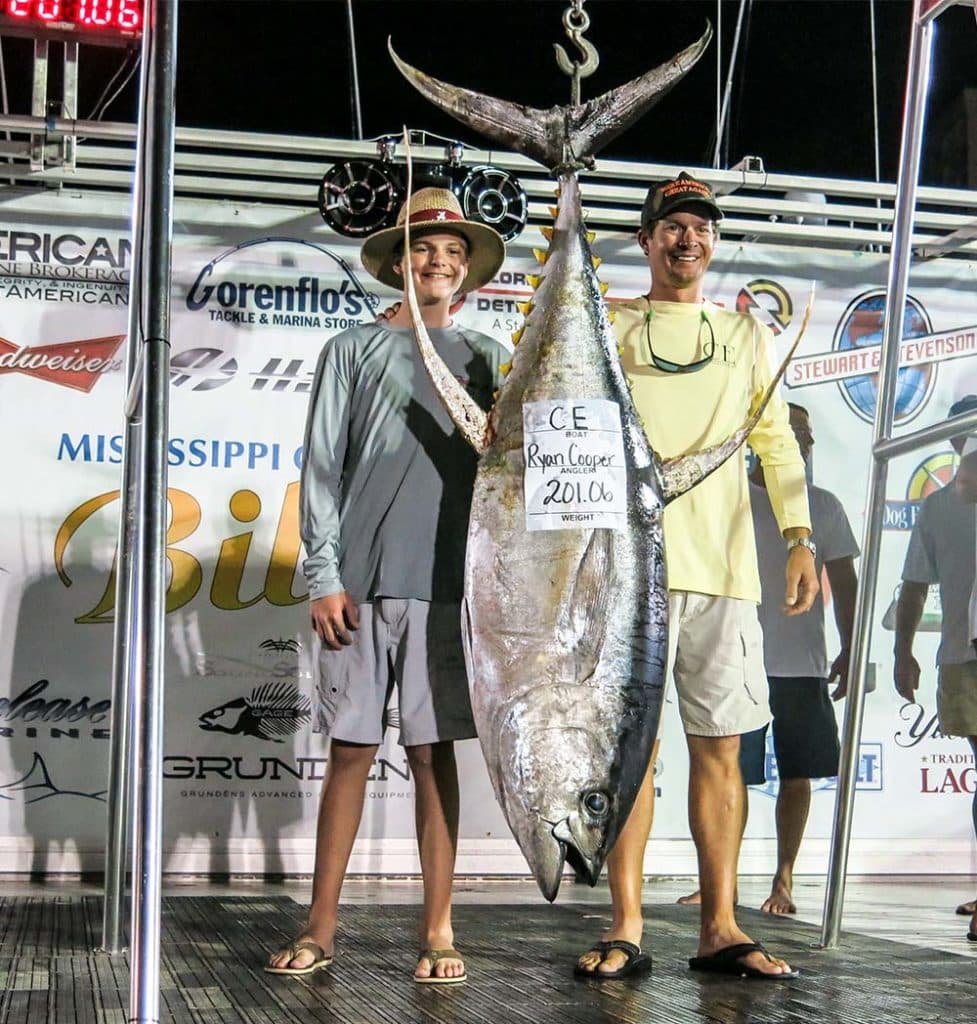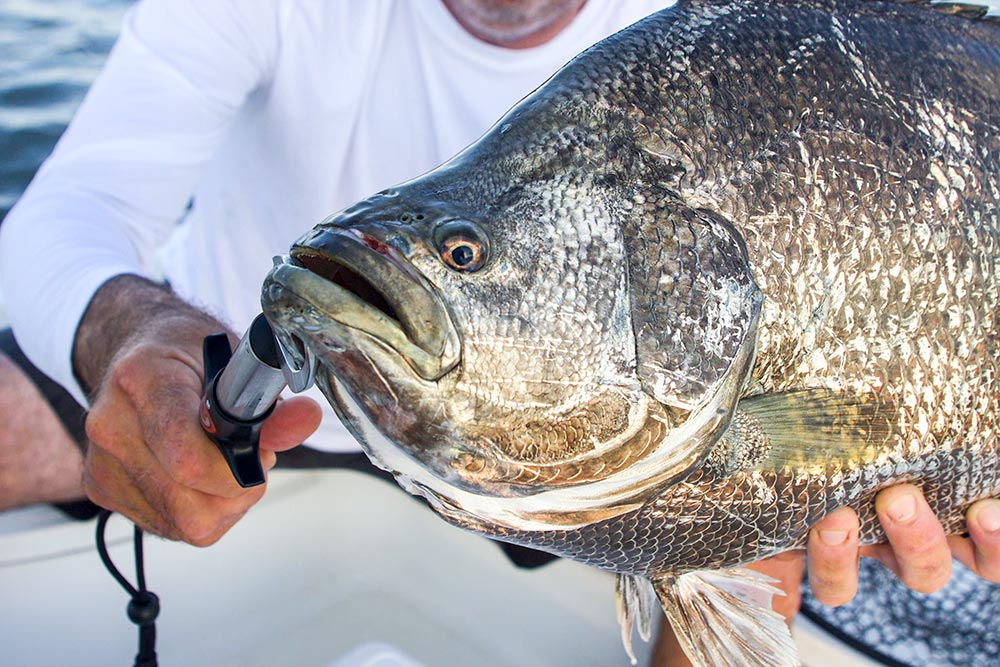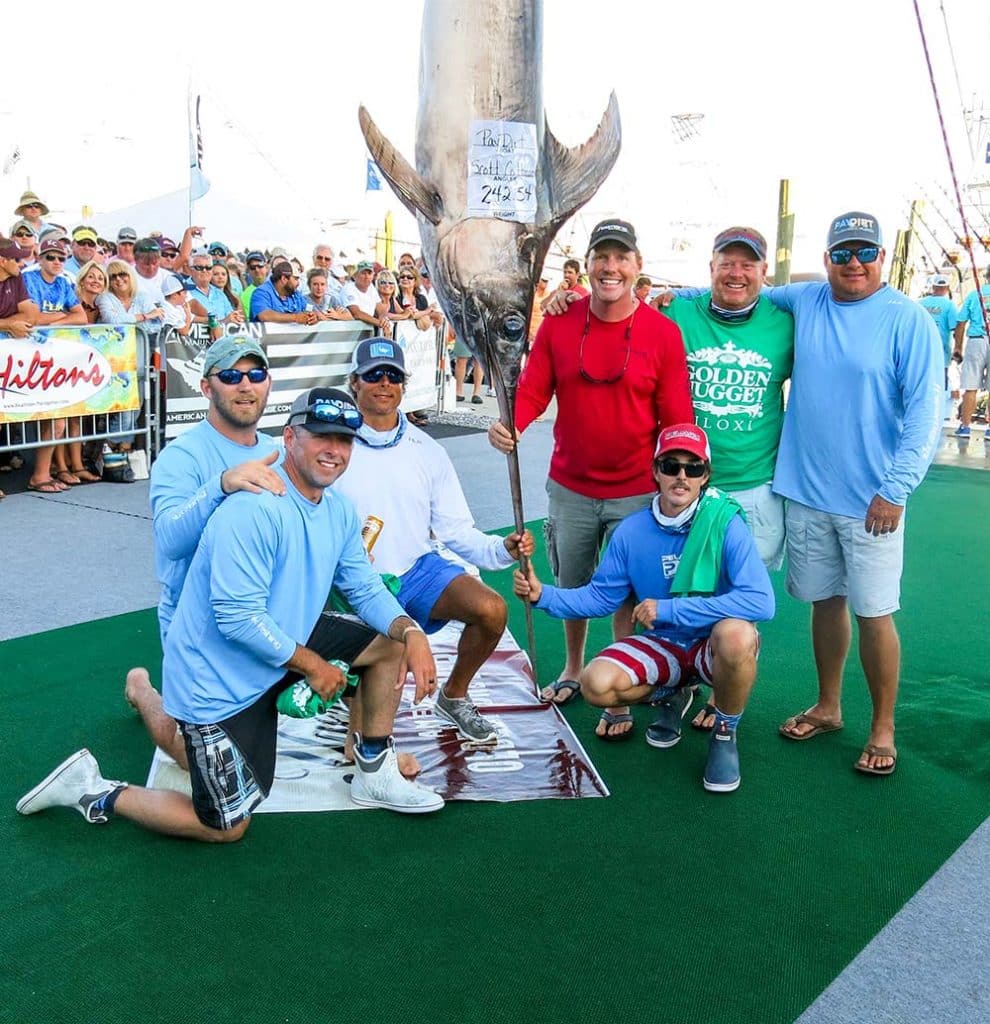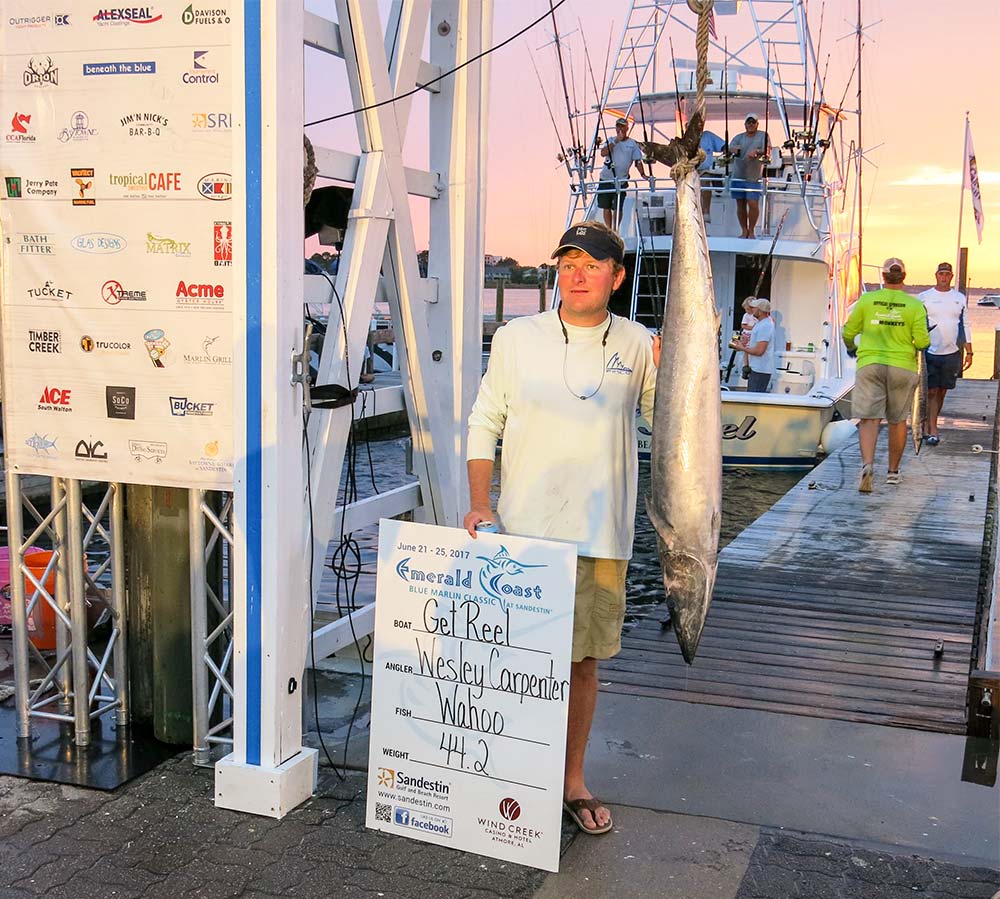
Catching a world record — line class, all-tackle weight or all-tackle length — represents the ultimate achievement for countless sport-fishing enthusiasts. While the All-Tackle category often results from being in the right place at the right time with a healthy dose of luck, the odds of broaching individual Line Class or All-Tackle Length categories are much greater, especially with advance preparation. Here are some tips to begin a world record quest.
Know the Rules
The International Game Fish Association, the governing body that sets sport-fishing rules and ethics, maitains strict guidelines record catches on conventional and fly tackle. Leader and tippet length, amount of double line permitted, number of hooks, and dos and don’ts of landing a potential record are just some of the details involved.

IGFA members receive the annual World Record Game Fishes, which lists all existing records along with the rules. Non-members access the All-Tackle catches via the organization’s web site. Play by the rules and you’ve passed the first step for record approval.
Do the Research
Numerous species still have open class categories. For example, all men’s and women’s fly records for Atlantic halibut are unfilled. Ladyfish up to 30-pound class were declared an eligible species last July. Catch one of these, submit a valid application, and you’re an instant legend.
Prep Your Gear
Besides having fresh line and a smooth reel, you’ll need a camera, tape measure, certified scale (or access to one) and an application form. Record fish don’t have to be killed; Eligible species can be released after they are measured for length. Take plenty of photos for species verification.
You’re required to submit those, along with a 30-foot-plus section of line or the entire fly leader for testing to determine actual breaking strength on line-class submissions.
Pick the Spot
Certain locales and seasons are better than others for a particular species, like tripletail. Of the 20 conventional categories, more than a dozen tripletail records have been set in the Port Canaveral, Florida area between May and October.

New Zealand is the best place to go if you’re after striped marlin, while North Carolina’s Outer Banks is the spot for trophy-size red drum. Skew your odds and go where the fish are.
Know Your Target
Some records, particularly the older ones, may stay on the books forever, like Alfred C. Glassell, Jr.’s 1,560-pound all-tackle black marlin captured off Peru in 1953. But dozens of others are susceptible.

Light-line categories for corbina, swordfish, bigeye tuna and cubera snapper come to mind on conventional tackle, while giant sea bass and albacore are achievable on fly. Leave the bananas on the dock, put in the time and you just might be rewarded with that catch of a lifetime.
Capt. Dave Lear is the IGFA representative for North Florida. He was also recognized as the 51st angler to gain membership in the association’s Royal Billfish Slam Club.









